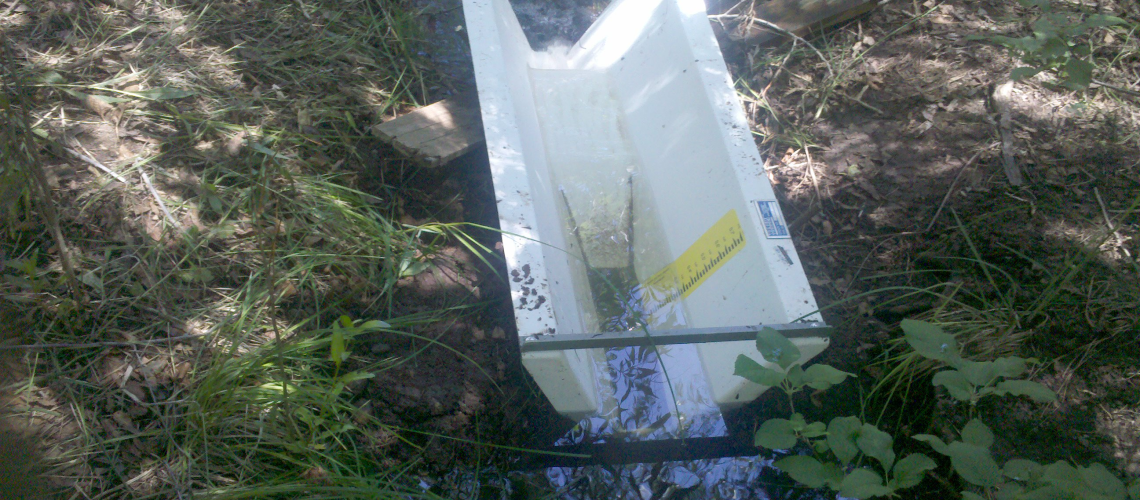Flumes are among the best tools available when you need to measure flow rate for a variety of open channel conditions. While there are restrictions as to when and where you can properly implement a flume, you can still find a lot of leeway when it comes to installation and use. If you’re implementing it in a piped flow, however, there are some additional considerations to keep in mind. Learn what you need to know about flumes and pipe slope, and discover how the two can interact properly.
Flume Basics
To know how a flume operates alongside a pipe flow system, you’ll need to understand how flumes work. Put simply, they make it easy to measure flow rate by accelerating a subcritical flow to a supercritical flow. The point of criticality in between is what allows for the measurements upstream of the throat itself, which is the part where the flow is accelerated.
Accelerating from a subcritical state to a supercritical state is essential for a flume to function properly and offer the necessary flow rate measurements. Because of this, certain conditions need to be met both upstream and downstream. Remember that acceleration isn’t all that’s necessary. For example, accelerating a supercritical flow to a more supercritical flow won’t offer reliable results.
The Froude Number
The key to recognizing criticality is the Froude number. This number is fairly easy to understand, as a Froude number of 1 means that the flow is critical. Therefore, anything less than 1 is subcritical and anything greater than 1 is supercritical.
Measuring criticality in a flow means taking its Froude number. To have your flume working properly, you’ll need to have an upstream Froude number of less than 1 along with a downstream Froude number of greater than 1. For the most part, the upstream Froude number should be around 0.5. This is because numbers greater than 0.5, even if still less than 1, can cause surface turbulence, which in turn makes taking measurements more difficult.
Pipe Slope
When you’re implementing a flume into a piped system, you’ll need to think about pipe slope and how it relates to the Froude number. Fortunately, pipe slope generally makes it easy to get an idea of what the Froude number is. The greater the pipe slope is, the greater the Froude number will be. Additionally, pipe size generally is also directly related to the Froude number, with bigger pipe sizes having larger Froude numbers.
With that relationship in mind, you’ll be restricted to pipe sizes and slopes that keep your Froude numbers subcritical. Just remember that if you lean too close to 1 around the 0.99 area, you likely won’t have a smooth transition from pipe to flume. That turbulence can throw off your calculations, so you’ll want to make sure the water’s surface is still. For example, a 4-inch pipe should have a slope somewhere between 0.73 and 2.83, but a 60-inch pipe has to have a far smaller slope of 0.31 to 1.16.
Flumes From Tracom
With what you need to know about flumes and pipe slope in mind, it’s time to get a flume of your own. At Tracom, we’ll work with you to set up a flume in your channel that works well with a piped system and offers the accurate measurements you need. Contact us today to get started!



